For UTV enthusiasts, choosing between Can-Am Defender HD10 And Polaris Ranger XP 1000 can be a daunting task. Both have earned their stripes in the field, tackling everything from muddy farm work to adrenaline-pumping trail rides. But which one truly reigns supreme? Let's dive deep into the world of these mechanical marvels and uncover what sets them apart.
1. Price
The Can-Am Defender HD10 starts at around $16,000 for the base model. However, prices can quickly escalate as you add features and accessories. A fully loaded Defender HD10 Limited can push the price tag north of $25,000.
The Polaris Ranger XP 1000 has a slightly higher starting price of around $17,000 for the base model. Like the Can-Am, prices can increase significantly with additional features and premium trims. A top-of-the-line Ranger XP 1000 NorthStar Edition can cost upwards of $28,000.

2. Design Style
The Defender HD10 exudes a sense of rugged functionality. Its design is characterized by bold, angular lines and a sturdy, no-nonsense appearance. The front grille is imposing, with a hint of aggression that suggests this machine means business.
As the Defender HD10 rolls up to a muddy construction site, heads turn. Its muscular stance and purposeful design make it clear that this isn't just another pretty face in the UTV world. The large cargo bed, visible from afar, hints at the vehicle's impressive hauling capabilities.
The Ranger XP 1000 takes a slightly different approach to design. While still unmistakably rugged, it has a more refined, almost sporty appearance. The front end features a distinctive grille and headlight design that gives it a modern, tech-savvy look. The Ranger XP 1000's sleek silhouette cuts through the dust. Its design manages to look both tough and sophisticated, with smooth curves complementing its robust frame. The LED lighting package illuminates the path ahead, casting a futuristic glow on the surrounding landscape.
3. Power
The Defender HD10 boasts a 976cc Rotax V-twin engine that churns out an impressive 82 horsepower. This powerplant is known for its smooth power delivery and robust low-end torque.
Not to be outdone, the Ranger XP 1000 features a 999cc ProStar twin-cylinder engine, also producing 82 horsepower. This engine is renowned for its quick throttle response and high-revving nature.

4. Engine
The Defender HD10's Rotax V-twin engine is a marvel of engineering. It features a 90-degree V-twin configuration, which helps reduce vibration and improve balance. The engine is liquid-cooled, ensuring consistent performance even in challenging conditions. The Rotax engine employs a dual overhead cam (DOHC) design with four valves per cylinder. This configuration allows for efficient breathing and optimal combustion, contributing to the engine's impressive power output and fuel efficiency.
The Ranger XP 1000's ProStar engine is a parallel-twin design, known for its compact dimensions and excellent power-to-weight ratio. Like the Can-Am, it's also liquid-cooled for consistent performance. The ProStar engine features a counterbalancer to reduce vibration, a common issue with parallel-twin designs. It also employs electronic fuel injection with dual 46mm throttle bodies, allowing for precise fuel metering and excellent throttle response.
5. Suspension
The Defender HD10 features a double A-arm front suspension with 10 inches of travel and a Torsional Trailing A-arm (TTA) rear suspension with 10 inches of travel. This setup is designed to provide a smooth ride while maintaining excellent stability and control.
As the Defender HD10 approaches a series of deep ruts on a muddy trail, the suspension comes to life. The front wheels rise and fall independently, soaking up the impacts, while the rear TTA system keeps the back end planted and stable. Inside the cab, the occupants barely feel the rough terrain beneath them.
The Ranger XP 1000 is equipped with a dual A-arm suspension system both front and rear, offering 11 inches of travel at each corner. This setup is tuned to provide excellent articulation and a plush ride.
The Ranger XP 1000 crests a hill to find a series of large rocks blocking the trail. As it picks its way through the obstacle, the suspension flexes impressively, keeping all four wheels in contact with the ground even as they encounter wildly different surface heights.

6. Cockpit Comfort
The Defender HD10's cockpit is designed with long days of work or play in mind. It features supportive, adjustable seats, ample legroom, and a well-organized dashboard with easy-to-read gauges and controls, all the controls fall easily to hand. The cab's design and insulation keep noise and vibration to a minimum.
The Ranger XP 1000's cockpit takes a slightly more modern approach, with a car-like interior featuring a digital instrument cluster and intuitively placed controls. The seats are designed for all-day comfort and support. You will like the clear visibility afforded by the large windshield and the easy-to-read digital display. The cab's heating system quickly takes the chill out of the air, making for a comfortable start to her adventure.
7. Cargo Capacity
The Defender HD10 boasts a cargo bed capacity of 1,000 pounds and a towing capacity of 2,500 pounds. The cargo bed features a hydraulic assist tilting function for easy unloading.
The Ranger XP 1000 matches the Defender HD10 with a 1,000-pound cargo bed capacity and a 2,500-pound towing capacity. It features Polaris's Lock & Ride system, allowing for easy installation of accessories.

8. Reliability and Durability
The Defender HD10 is renowned for its durability and reliability. Can-Am has invested heavily in rigorous testing procedures to ensure their vehicles can withstand the toughest conditions. The Defender HD10's frame is constructed using high-strength, low-alloy steel, providing excellent rigidity and durability. The drivetrain components are oversized and built to withstand constant heavy use, contributing to the vehicle's reputation for longevity.
Polaris has a long-standing reputation for building tough, reliable vehicles, and the Ranger XP 1000 is no exception. It's designed to withstand years of hard use in challenging environments. The Ranger XP 1000 features a high-strength steel frame that's been hydroformed for optimal strength-to-weight ratio. The engine and transmission are designed with oversized components to handle the stresses of heavy-duty use, contributing to the vehicle's overall durability.
9. Quality of Components
Can-Am is known for using high-quality components throughout their vehicles, and the Defender HD10 is no exception. The Defender HD10 uses premium materials like high-strength steel for the frame, aircraft-grade aluminum for certain body panels, and high-grade polymers for components that need to be both light and durable. The electrical system features waterproof connectors and sealed components to ensure reliability in wet conditions.
Polaris also prioritizes component quality in the Ranger XP 1000, ensuring longevity and reliability. The Ranger XP 1000 employs high-strength steel in its chassis construction, with strategic use of aluminum in certain components to reduce weight without compromising strength. The vehicle's electronics are protected by a comprehensive sealing system, and the wiring harnesses are designed to withstand extreme temperatures and constant vibration.

Conclusion: Making the Choice
As the sun sets on our day of exploration, both the Can-Am Defender HD10 and the Polaris Ranger XP 1000 have proven their worth in a variety of scenarios. Each vehicle has its strengths, and the choice between them ultimately comes down to personal preference and specific needs.The Can-Am Defender HD10 shines in its robust construction, smooth power delivery, and exceptional comfort. It's an excellent choice for those who prioritize a quiet, refined ride and appreciate Can-Am's innovative approach to UTV design.
The Polaris Ranger XP 1000, on the other hand, impresses with its sleek design, responsive engine, and versatile cargo solutions. It's a great option for those who value a sportier feel and appreciate Polaris's long-standing reputation in the off-road vehicle market. The Ranger's dual A-arm suspension system provides excellent articulation, making it particularly adept at tackling extremely rough terrain.
Both vehicles offer impressive cargo and towing capacities, making them suitable for a wide range of work applications. They also both provide a level of comfort and refinement that was unheard of in UTVs just a few years ago. For potential buyers, the decision may come down to brand loyalty, dealer support, or specific features that align with their intended use. It's worth noting that both Can-Am and Polaris offer extensive customization options and accessories, allowing owners to tailor their vehicles to their exact needs. Ultimately, whether you choose the Can-Am Defender HD10 or the Polaris Ranger XP 1000, you're getting a top-tier UTV that represents the pinnacle of current technology and design in the utility vehicle market.
Both UTVs are capable of handling tough work during the week and exciting adventures on the weekend, embodying the versatility that has made UTVs so popular. As with any major purchase, it's recommended to test drive both vehicles if possible. Pay attention to how each one feels in terms of comfort, handling, and overall driving experience. Consider your primary use cases and which features are most important to you. Whether you end up with the Defender HD10 or the Ranger XP 1000, you're in for countless hours of work efficiency, outdoor adventure, and pure, unbridled fun.



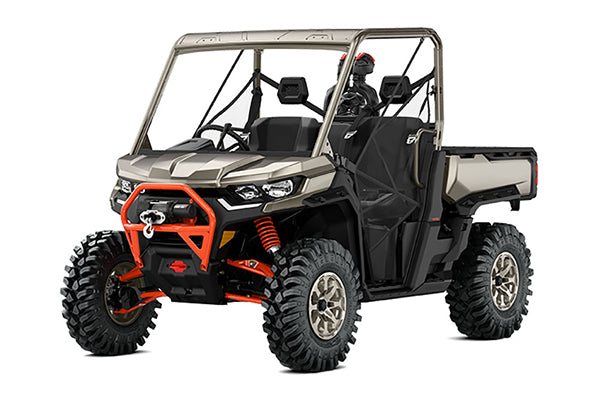
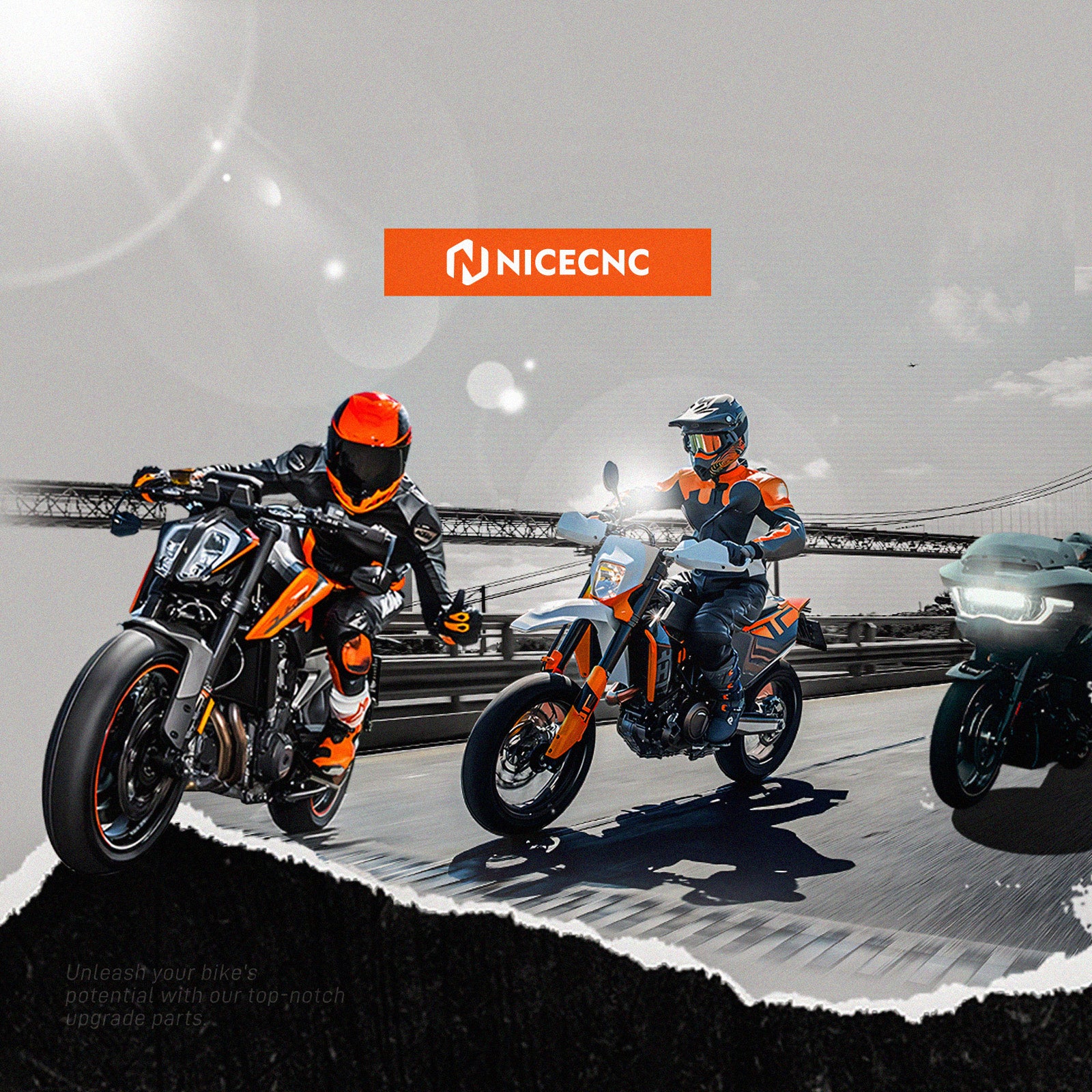
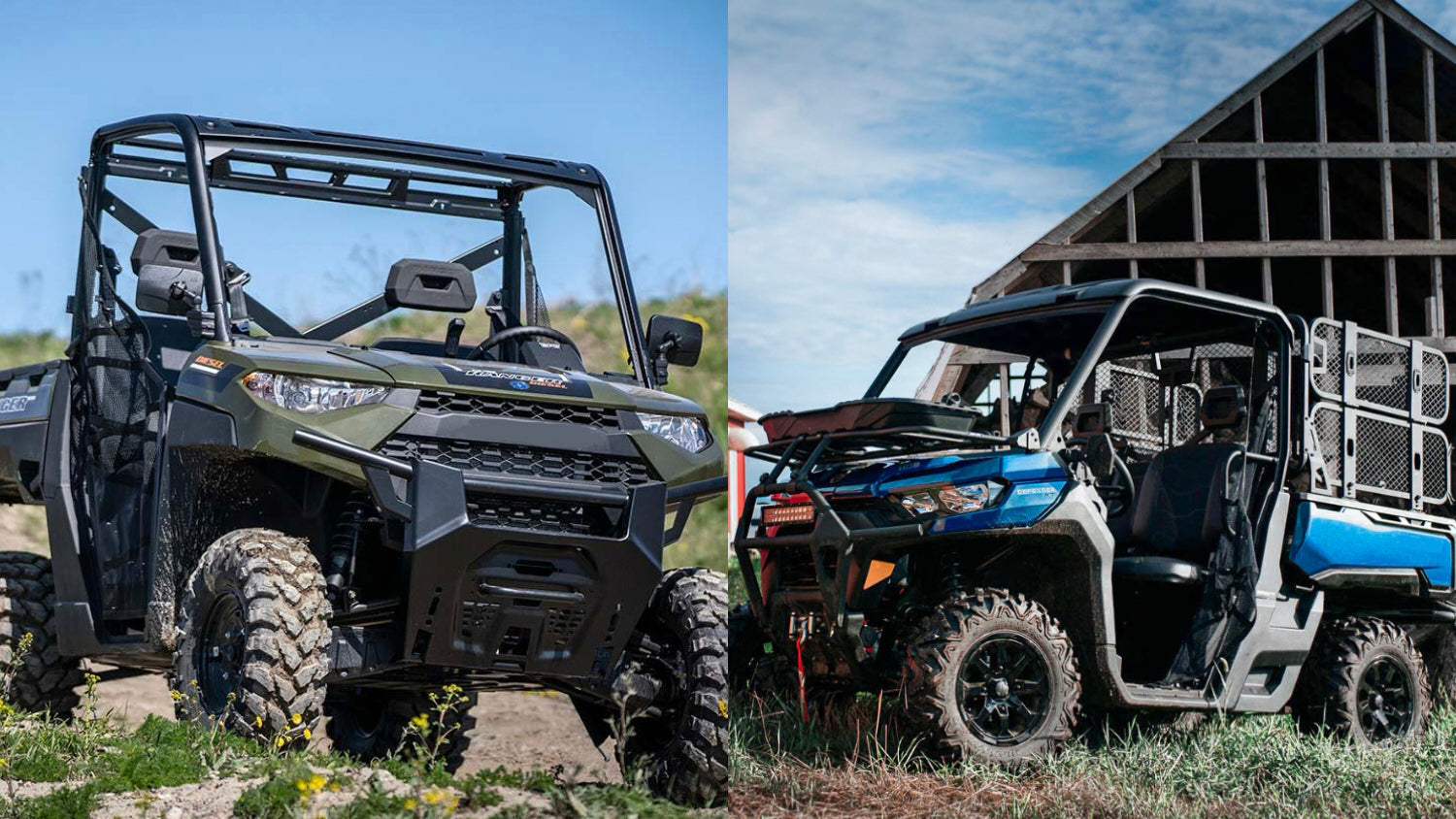
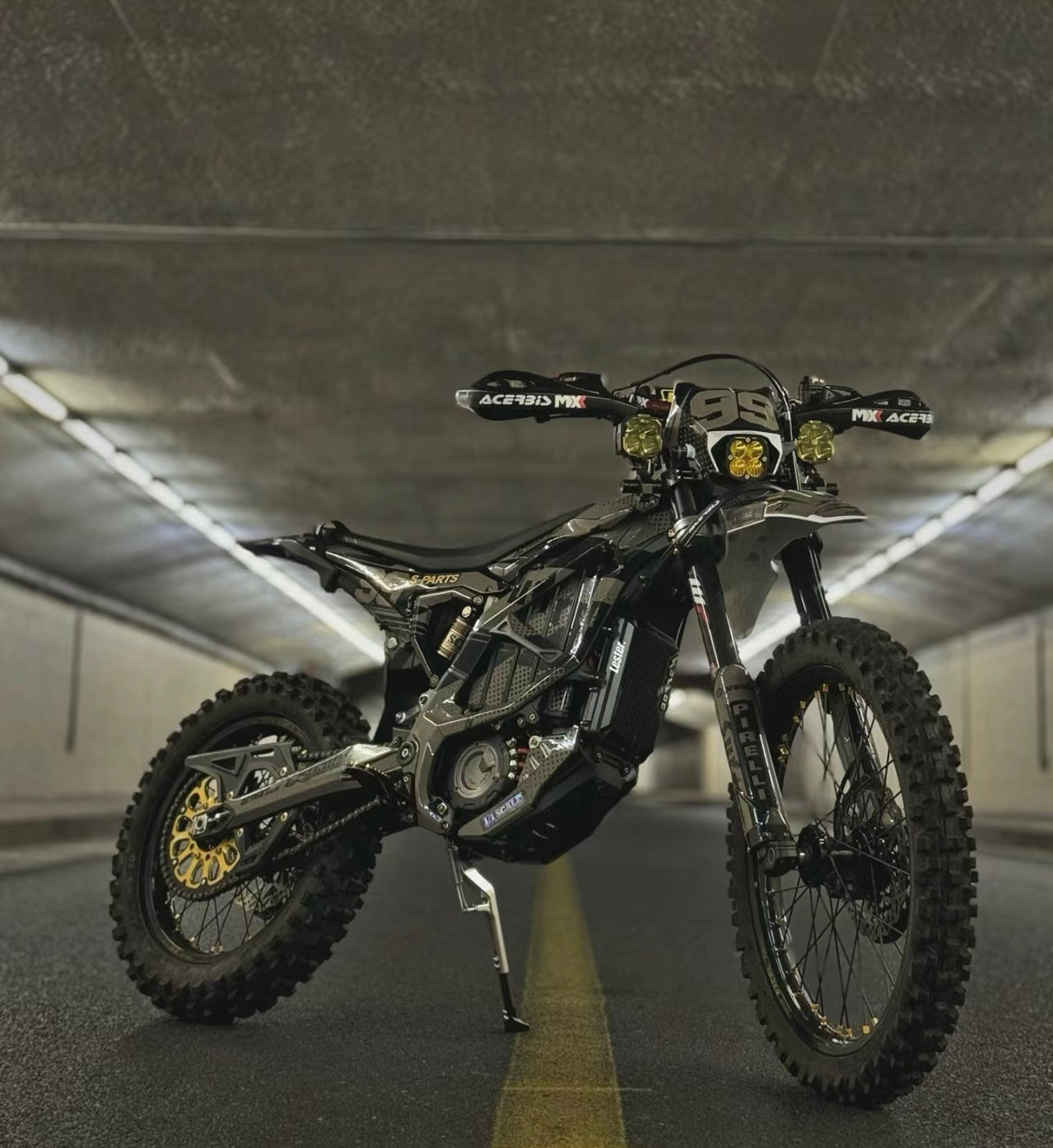
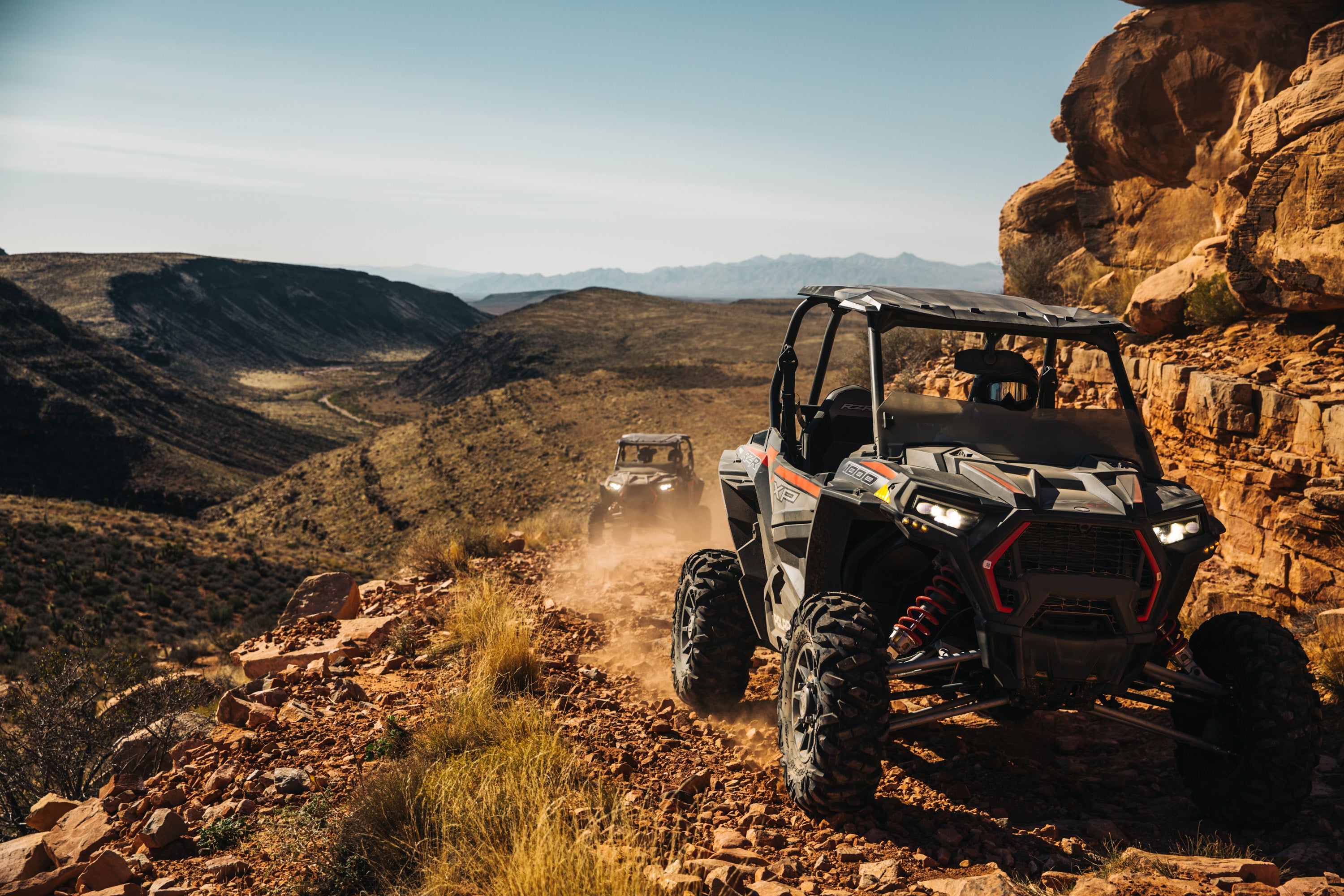
1 comment
Rc
Thank you, great comparison
Thank you, great comparison